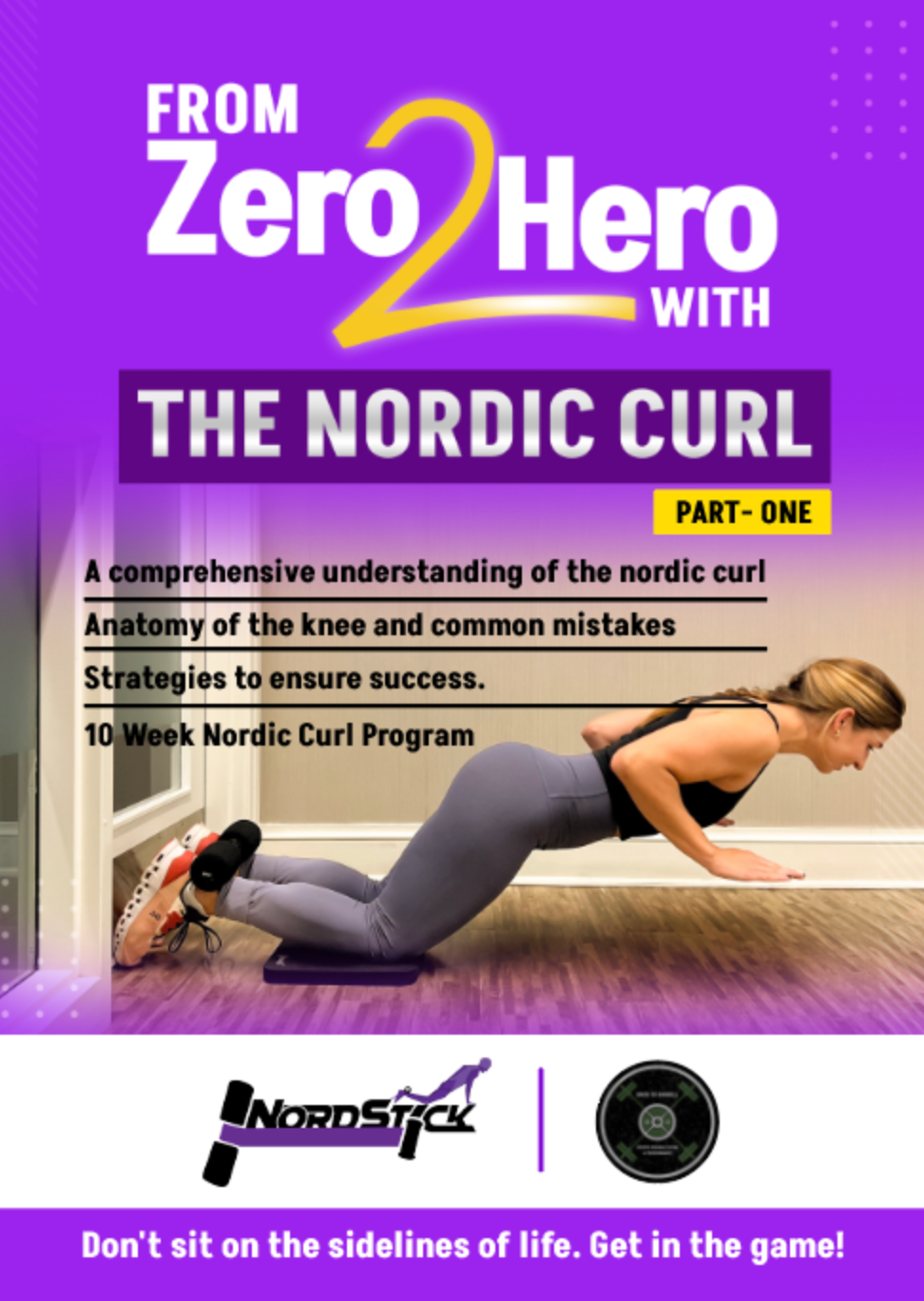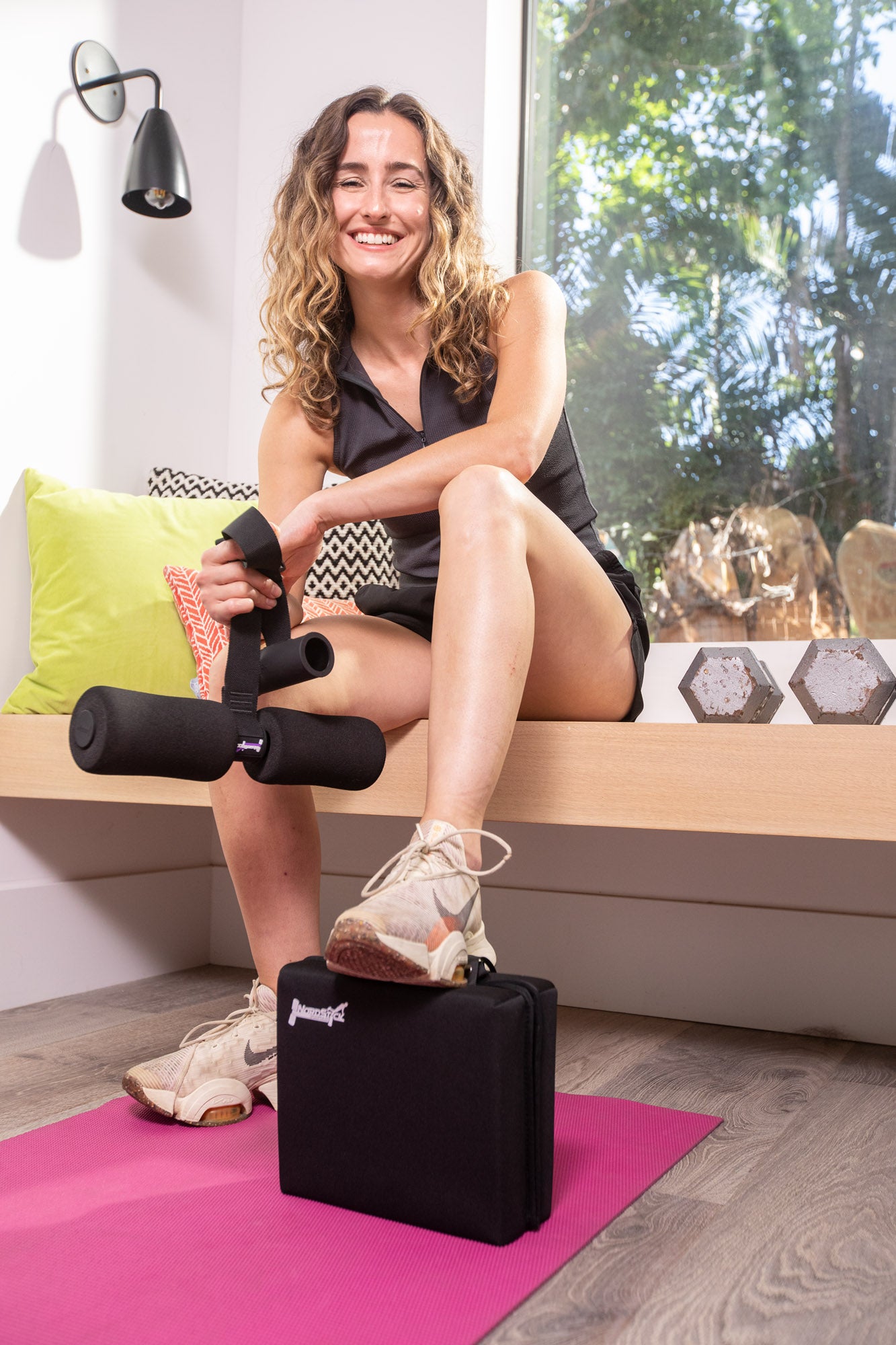The Elite Basketball Rehab Conference (EBRC) at the NBA Summer League was a groundbreaking event. Top rehab and strength and conditioning professionals from the NBA came together, and NordStick was proud to sponsor this gathering. We attended to learn from the best in the business, and now we want to share these insights with everyone—from professional athletes to fitness enthusiasts.
Here are the top five lessons we learned from sponsoring the Elite Basketball Rehab Conference:
1. All Rehab is About Promoting Adaptation
Our bodies are incredibly adaptable. When we get injured, our bodies quickly learn to protect the injured areas. To rehabilitate effectively, we need to choose exercises that encourage adaptation where it's needed most. This is the core principle of rehab and training: apply the right amount of stress to the right area to promote healing and improvement.
2. Movement Strategies Are Just as Important as Movement Capacities
Injuries affect not only how much we can move but also how we move. For example, after a knee injury, our squats, jumps, and sprints might be lighter, slower, and lower—but they also look different. Effective rehab focuses on restoring both the quality and quantity of movement.
3. Test–Plan–Execute–Re-Test
NBA rehab professionals have access to advanced technology and resources to help make decisions. However, simple challenges like scheduling conflicts and time constraints can limit the use of this tech. The key takeaway is the process they use to solve problems:
- Identify the most important problem to measure.
- Measure the extent of the problem.
- Create and execute a plan based on the measurement.
- Monitor the plan's effects.
- Retest and adapt as needed.
This structured approach ensures continuous improvement, even if sophisticated testing isn't always available. For anyone dealing with an injury, having a clear plan and testing its effectiveness is crucial.
4. Everyone Gets Injured, Even the Best
Professional athletes push their bodies to the limit, often dealing with pain and injuries throughout the season. Despite their resources, they still struggle with sleep, stress, and nutrition—just like the rest of us. The essential foundation for anyone, athlete or not, includes good sleep and recovery practices. Knowing that elite athletes face similar challenges can be motivating. Choose to stay in the game and manage the pain that comes with being active, rather than sitting on the sidelines.
5. If You’ve Had an ACL Injury, You May Not Be Doing Enough
ACL injuries are complex, and research shows that people often have long-term weaknesses post-injury, likely due to changes in the brain. This means one year of rehab might not be sufficient. The best approach is to become as strong, powerful, and fast as possible after an ACL injury. Understand that recovery is a long journey and follow a structured, long-term training plan with clear, measurable goals.
We will continue to share insights from this game-changing rehab conference in the coming weeks. Stay tuned for more valuable information. In the meantime, we offer a free $100 value problem analysis to discuss how these concepts apply to you.









































Leave a comment
This site is protected by hCaptcha and the hCaptcha Privacy Policy and Terms of Service apply.